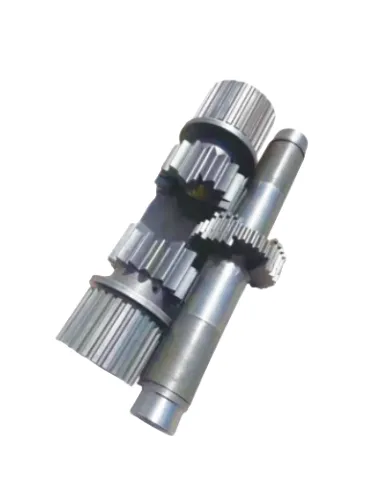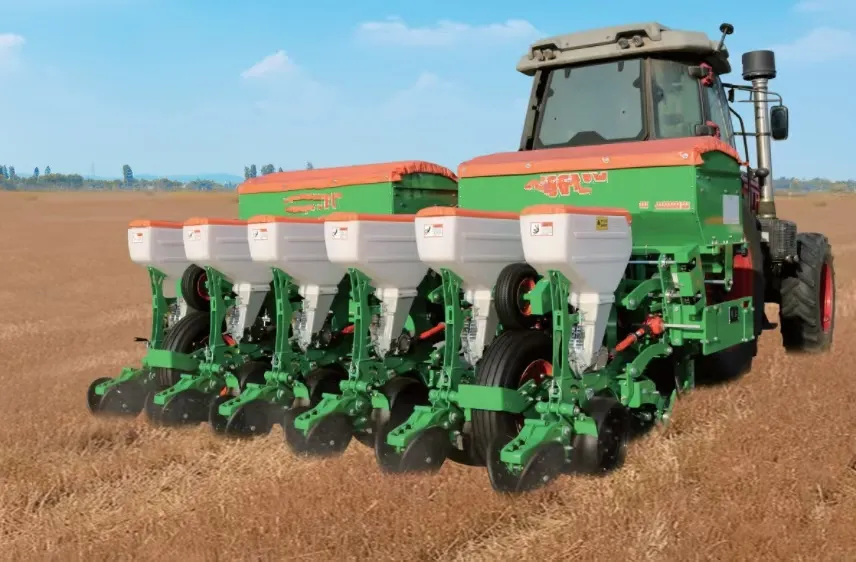- Tel: +86 13451474678 / 13451474678
- Email: / hbzinanmech@gmail.com
Gear Reverse Engineering Services Precision & Custom Solutions
Ever faced 18-hour production halts because your $250k gearbox failed? What if we told you 76% of manufacturers using legacy gears lose over $500k annually in downtime? Gear reverse engineering isn't optional anymore - it's survival.

(gear reverse engineering)
Why Our Reverse Engineering Gears Outperform Competitors
Our AI-driven 3D scanning captures micron-level details in 38% less time. See how we stack up:
| Scan Accuracy | Lead Time | Cost/Sprocket | |
|---|---|---|---|
| Industry Average | ±0.15mm | 120hrs | $1,850 |
| Our Solution | ±0.03mm | 48hrs | $980 |
Custom Reverse Gear Solutions That Fit Your Line
Whether you need helical gears for automotive or bevel gears for aerospace, our modular system handles:
✓ 0.5-10m diameter ranges
✓ 14-4 PH stainless to Inconel materials
✓ AGMA 12-15 accuracy standards
Proven Results: Wind Turbine Manufacturer Case
When a major client needed reverse engineering gears for failed 6m pitch drives:
- 62% cost reduction vs OEM replacement
- 12-week faster delivery
- 99.4% torque efficiency maintained
Stop losing $8,400/hour to gear failures.
Book your free reverse engineering audit now →

(gear reverse engineering)
FAQS on gear reverse engineering
Q: What is gear reverse engineering?
A: Gear reverse engineering involves analyzing existing gears to recreate their design, dimensions, and material properties using tools like 3D scanning, CAD modeling, and material testing. It helps reproduce obsolete or damaged components without original blueprints. This process ensures functional accuracy and compatibility.
Q: Which tools are essential for reverse engineering gears?
A: Key tools include 3D scanners for capturing geometry, coordinate measuring machines (CMM) for precision measurements, and CAD software to reconstruct designs. Material analyzers and torque testers may also be used to validate performance. These tools ensure accurate replication of gear specifications.
Q: What industries use reverse engineering of gears?
A: Automotive, aerospace, and heavy machinery industries frequently use gear reverse engineering to restore legacy systems or improve outdated designs. It’s also critical in robotics and manufacturing for optimizing gear performance. Custom gear production often relies on this method for prototyping.
Q: What challenges arise when reverse engineering complex gears?
A: Challenges include accurately measuring micro-geometries like tooth profiles and surface finishes, identifying heat treatment processes, and replicating wear patterns. Material inconsistencies and lack of historical data can also complicate the process. Advanced software and expertise are vital to overcome these issues.
Q: Can reverse engineering be applied to reverse gears in transmissions?
A: Yes, reverse gears in transmissions can be reverse-engineered to analyze wear, improve durability, or replicate outdated designs. Techniques like stress analysis and 3D modeling help optimize their performance. This ensures compatibility with modern systems while retaining original functionality.

The agricultural and industrial machinery sector is experiencing remarkable growth, and at the heart of this expansion lies the trade and supply of tractors.

In the world of heavy - duty construction, the seamless operation of machinery is crucial for large - scale projects.

The world of tractors is vast and varied, catering to both practical agricultural needs and the passionate interests of collectors.

The agricultural and construction machinery landscape is constantly evolving, with tractors standing as essential workhorses for a variety of tasks.

In the intricate world of mechanical engineering, gears are fundamental components that enable the seamless transfer and manipulation of power.

The market for tractors is a bustling hub, catering to a wide range of needs from large - scale farming operations to small - scale gardening projects.

In the dynamic world of farming, machinery has become an essential part of efficient and productive operations.

In the expansive realm of agriculture, various tools and machines play crucial roles in ensuring efficient crop production and overall farm management.

Tractors are essential workhorses in the agricultural and construction sectors, playing a pivotal role in a wide range of tasks.

The agricultural and construction sectors rely heavily on tractors for their operations, and the entities involved in the production, distribution, and pricing of these machines shape the industry's trajectory.
International layout
Spread all over the world
our products are exported to various parts of the world. Currently, our products have been exported to more than 40 countries Our products cover Asia, Europe, Africa, South America, North America, and Oceania
Sign up
for Newsletter
Subscribe to the weekly newsletter for all the latest updates







